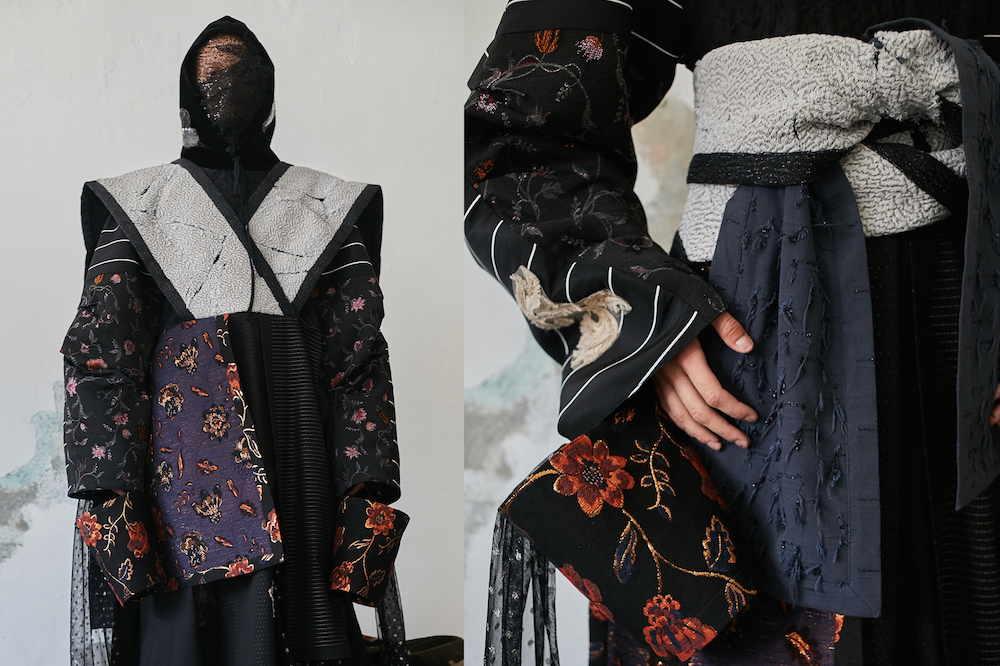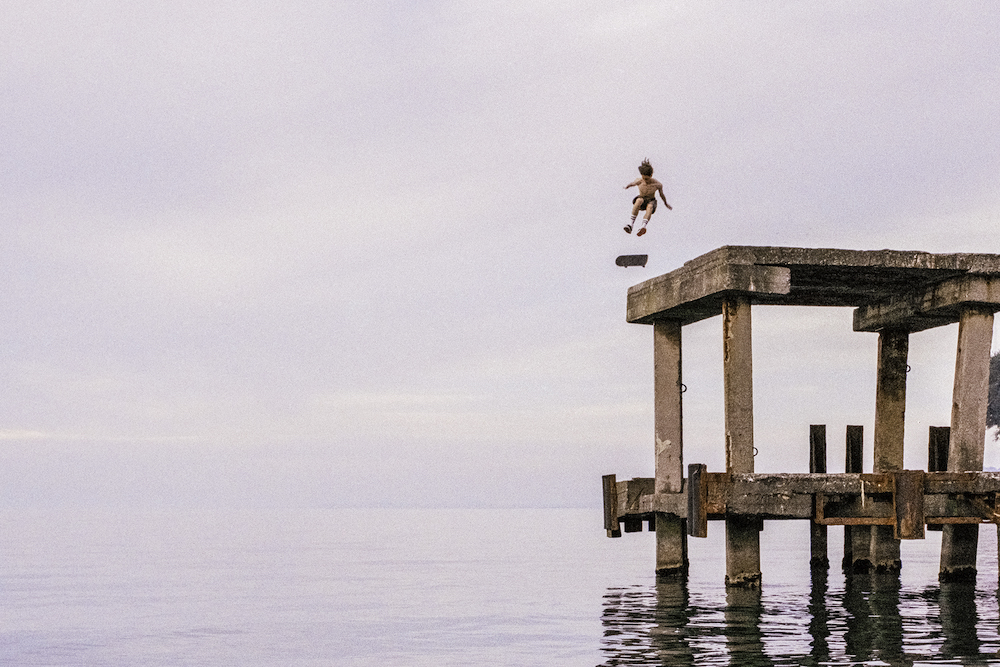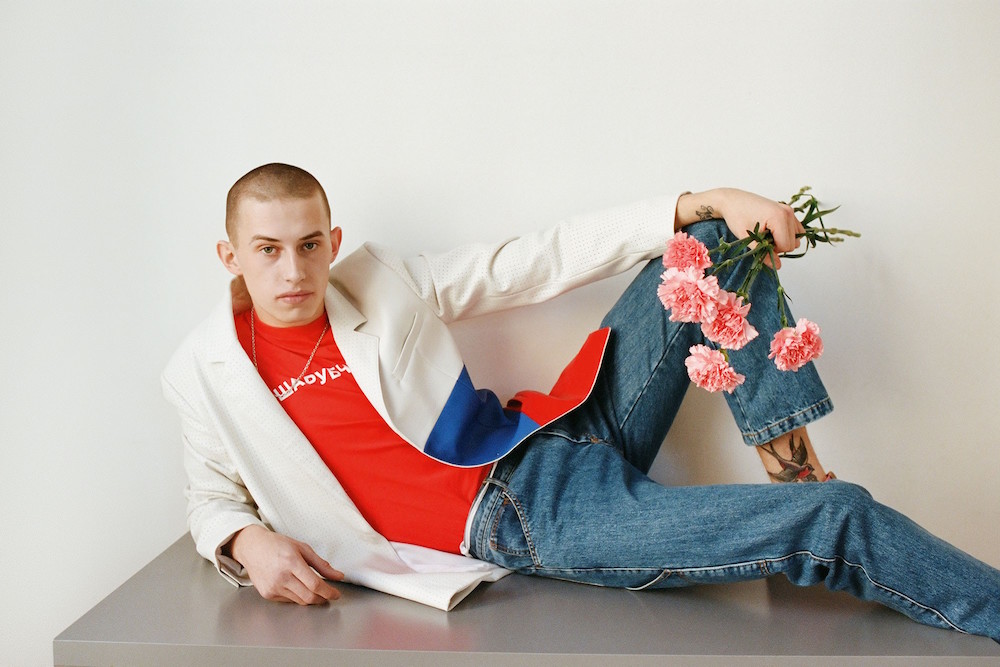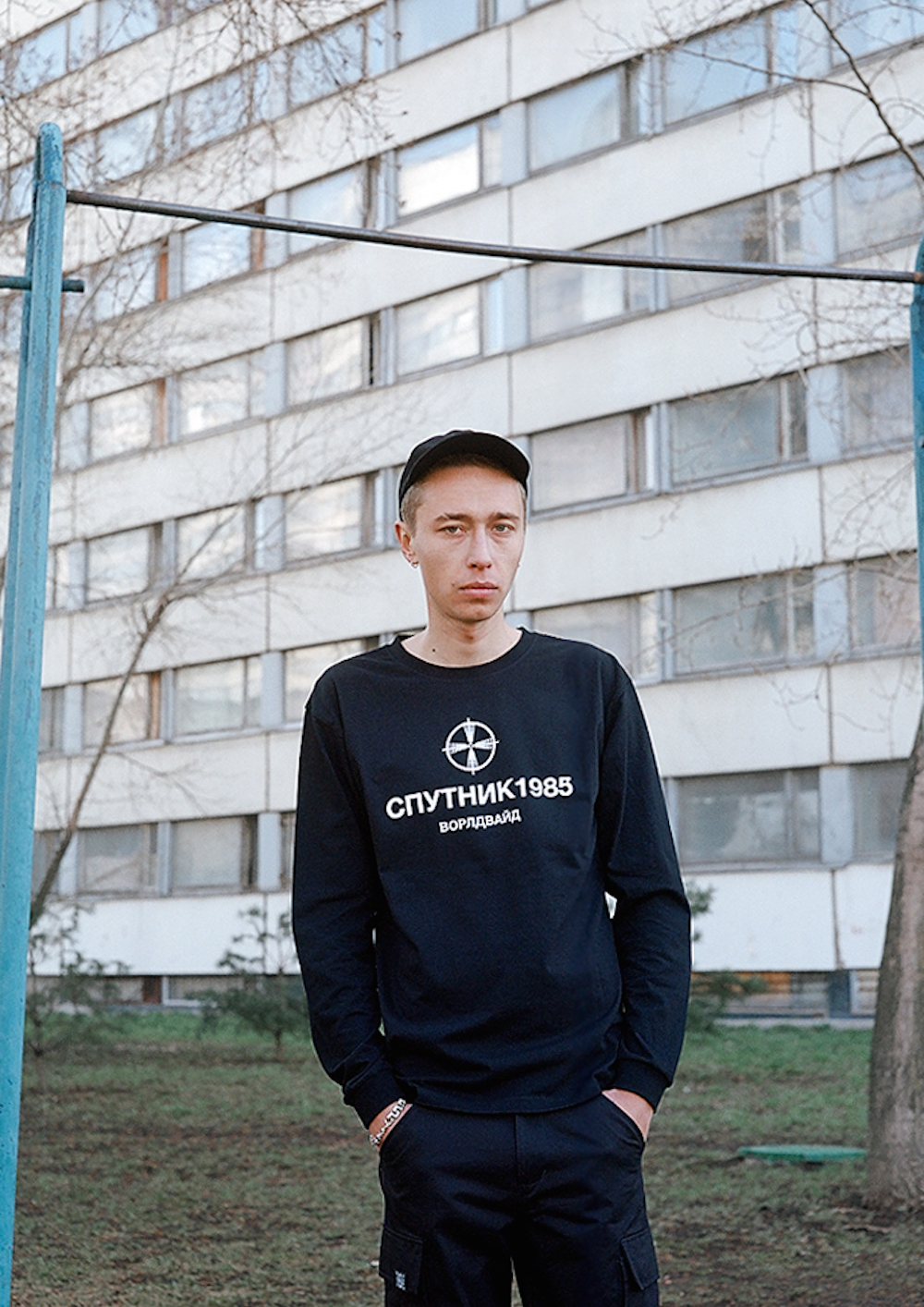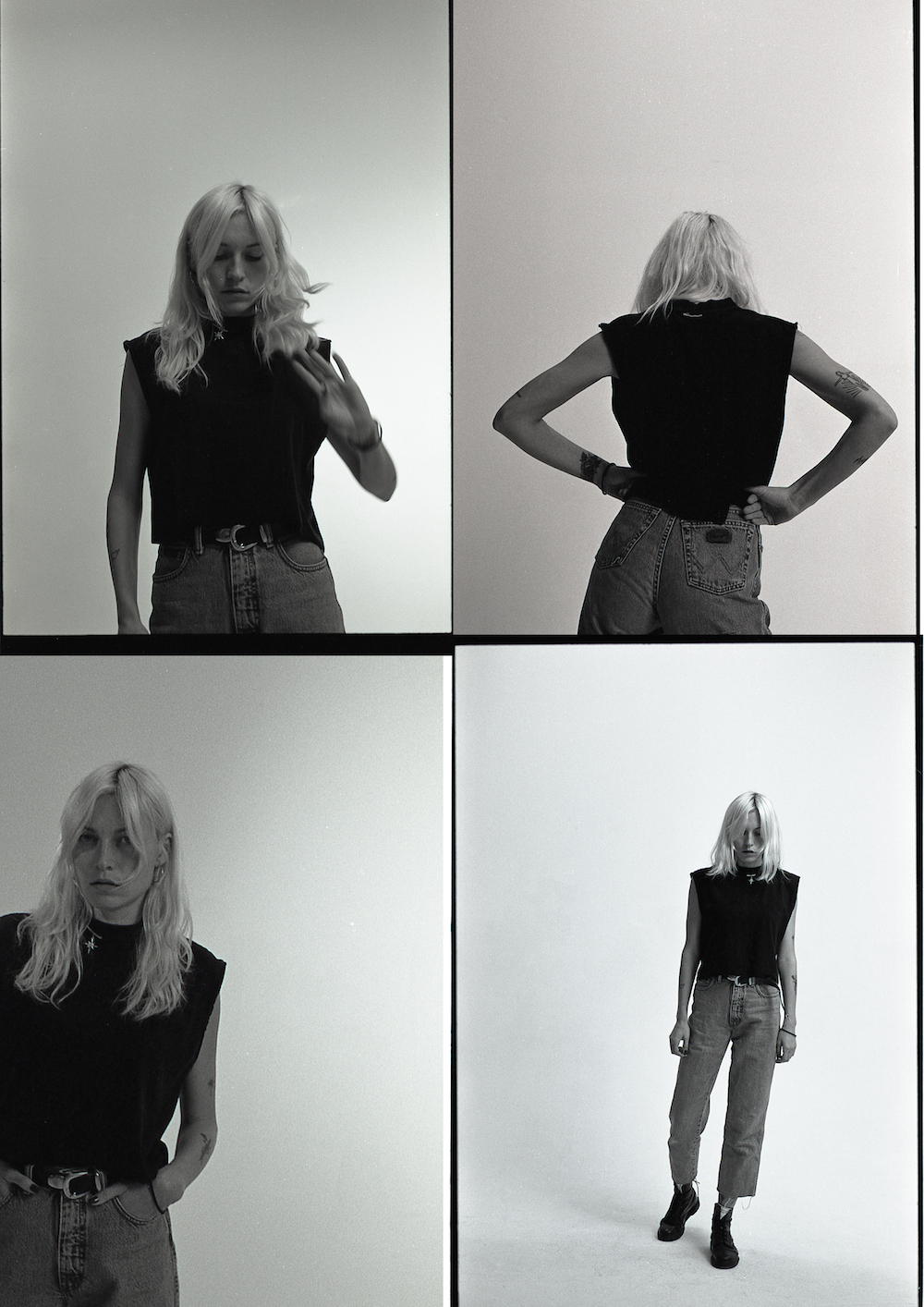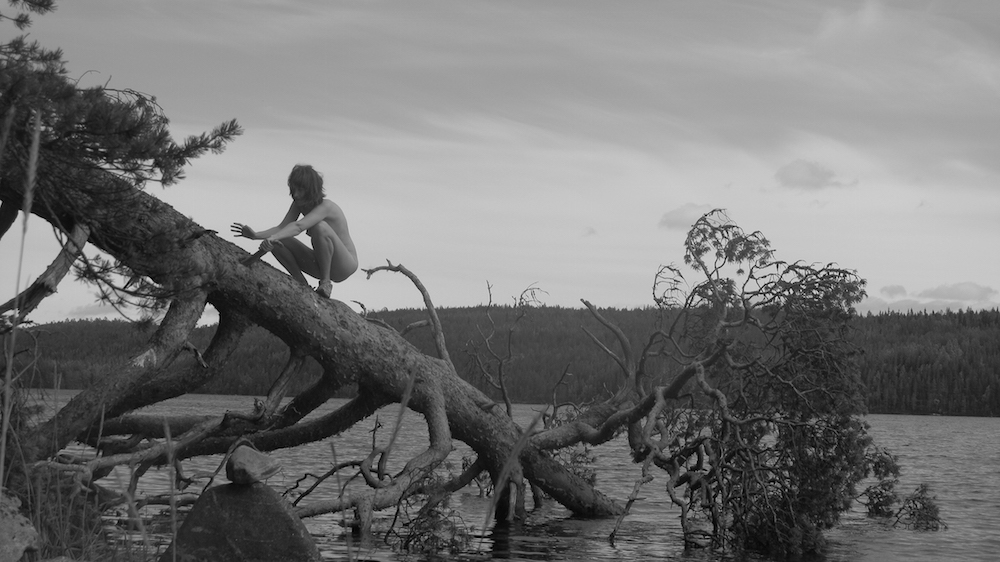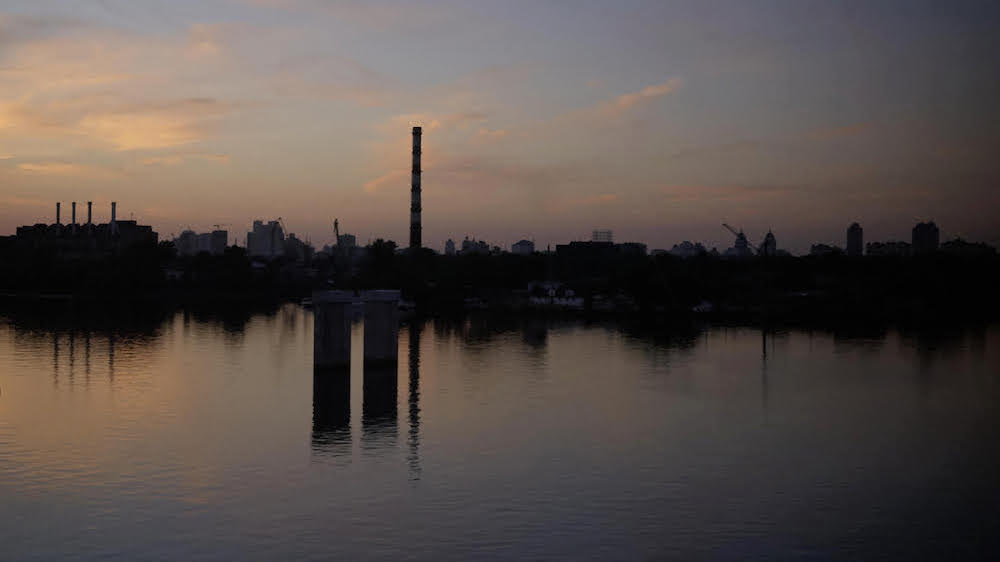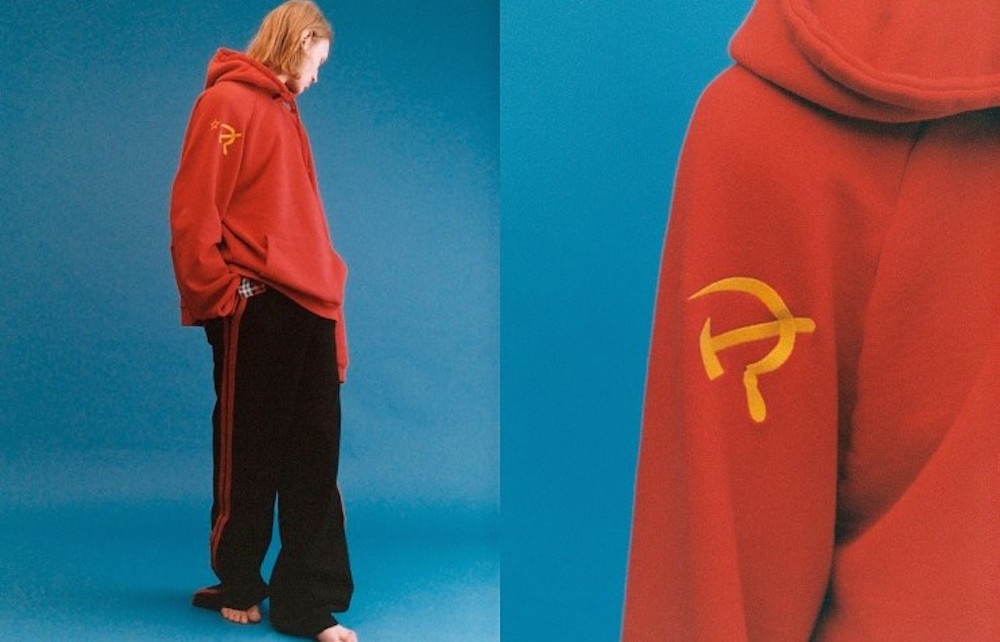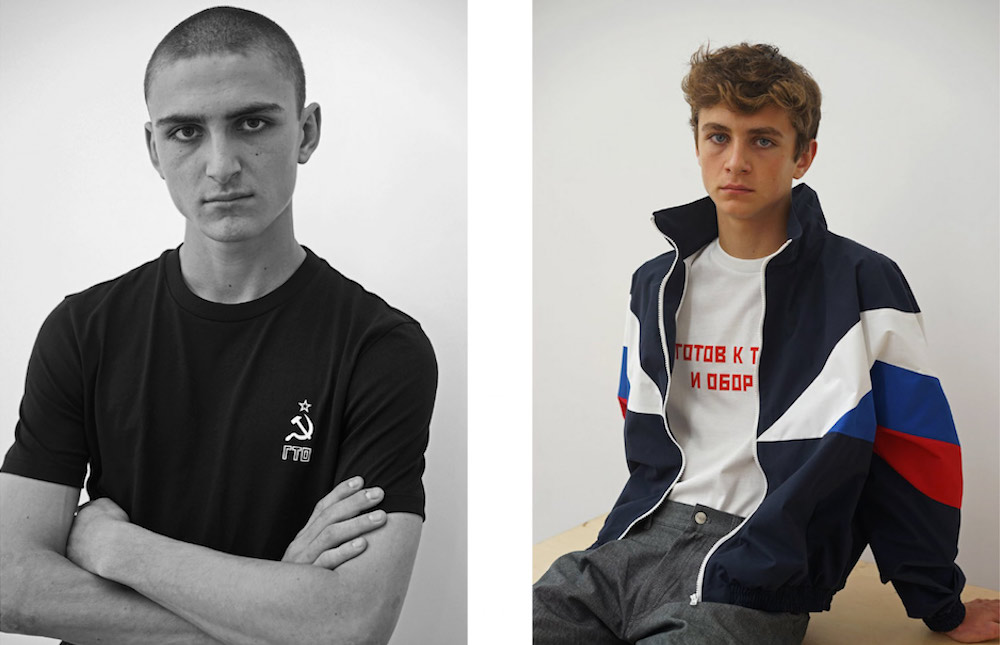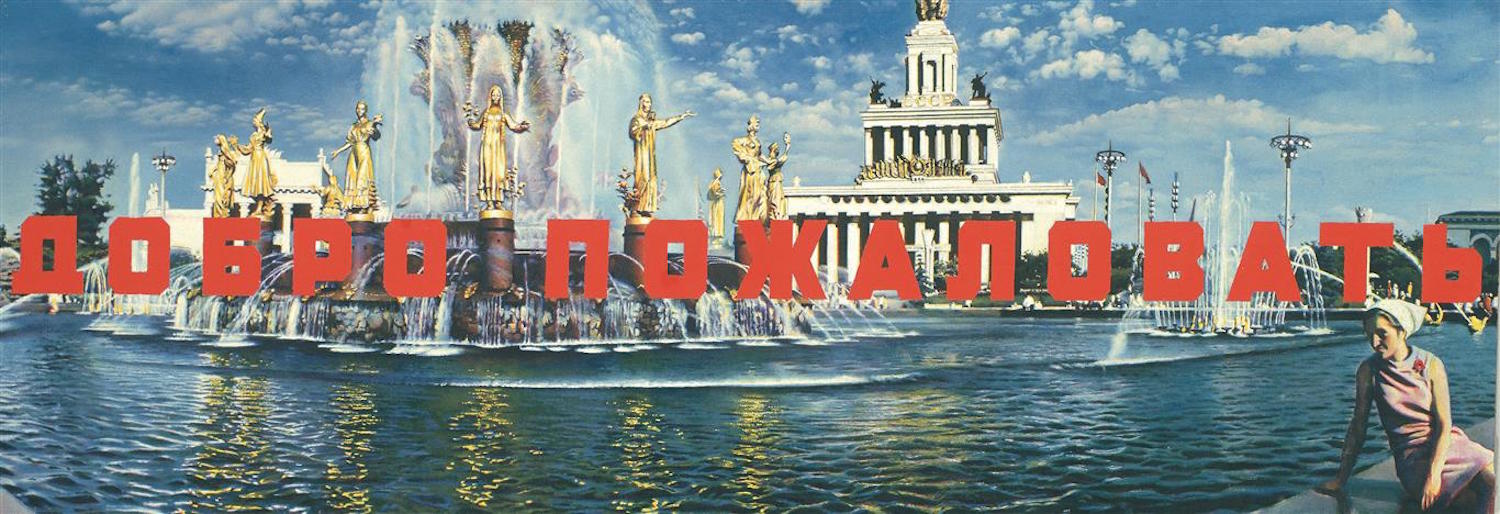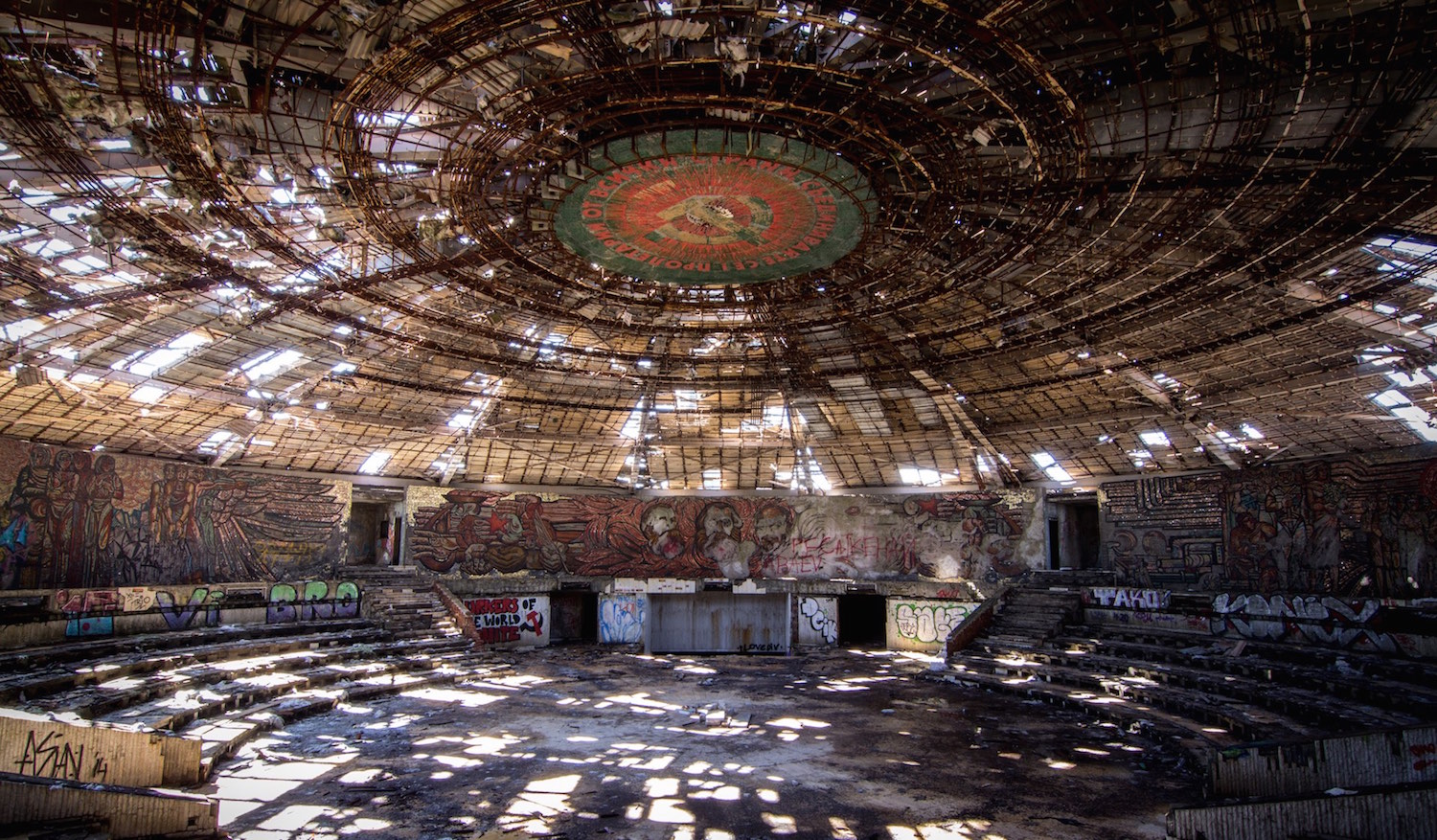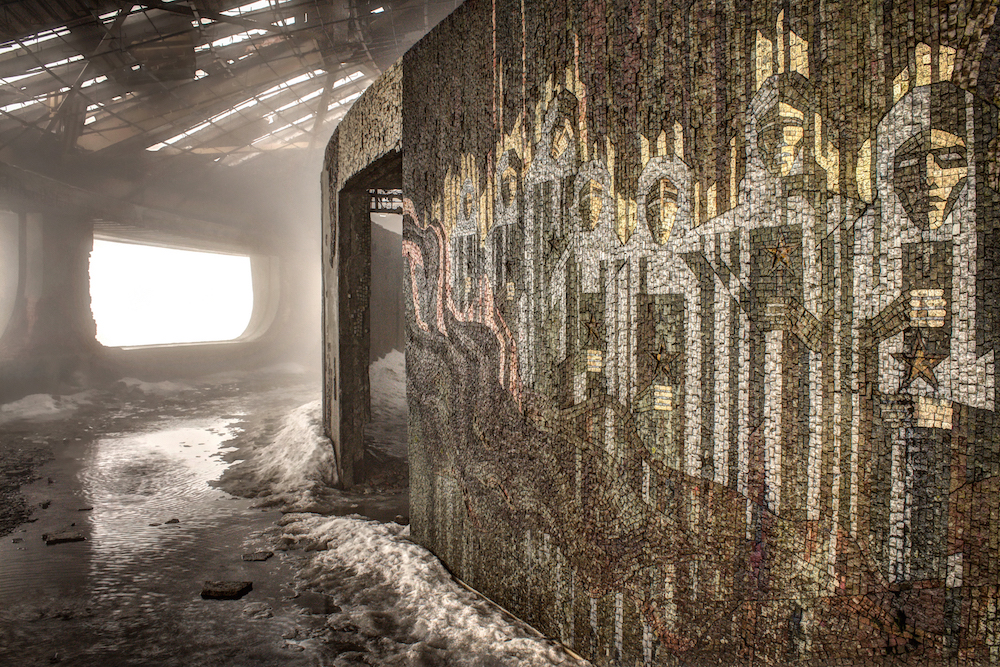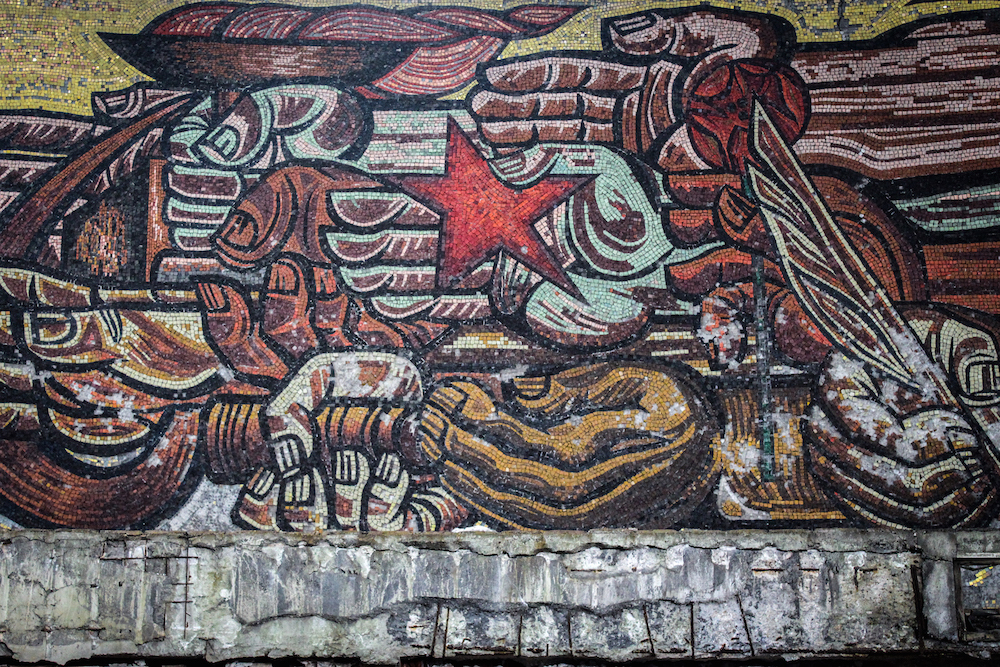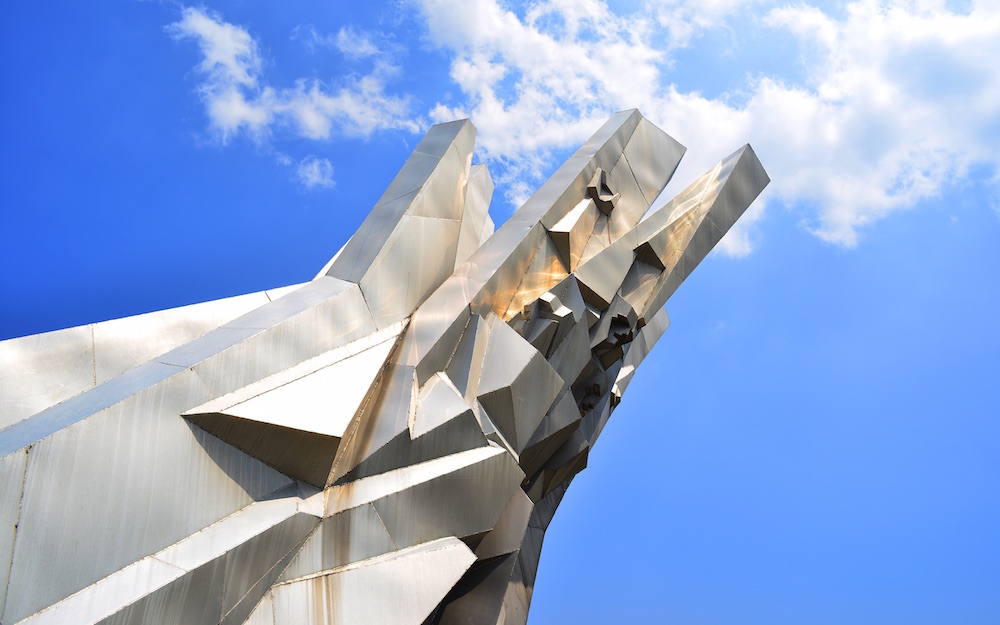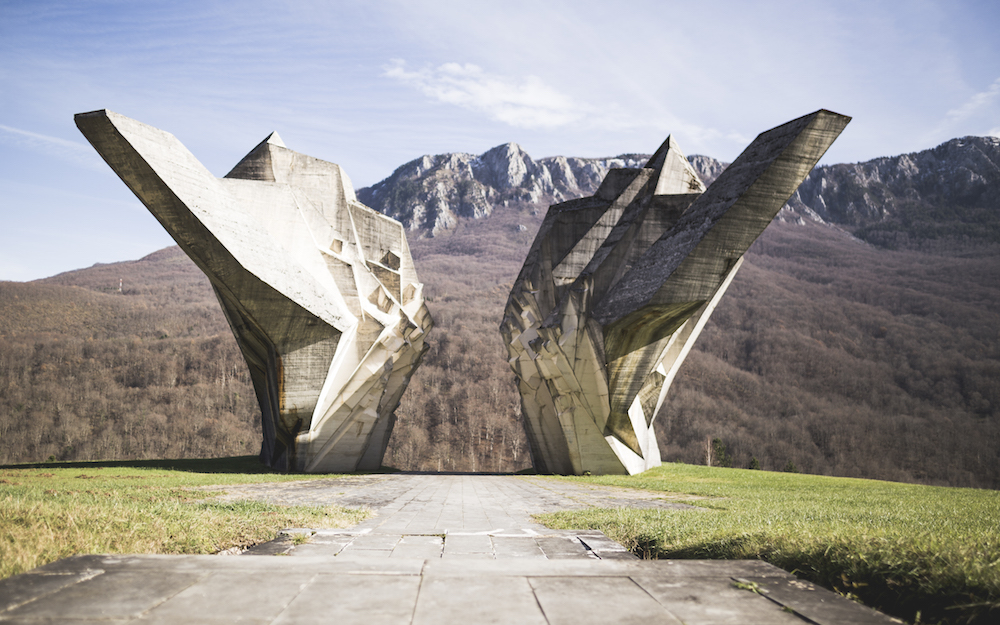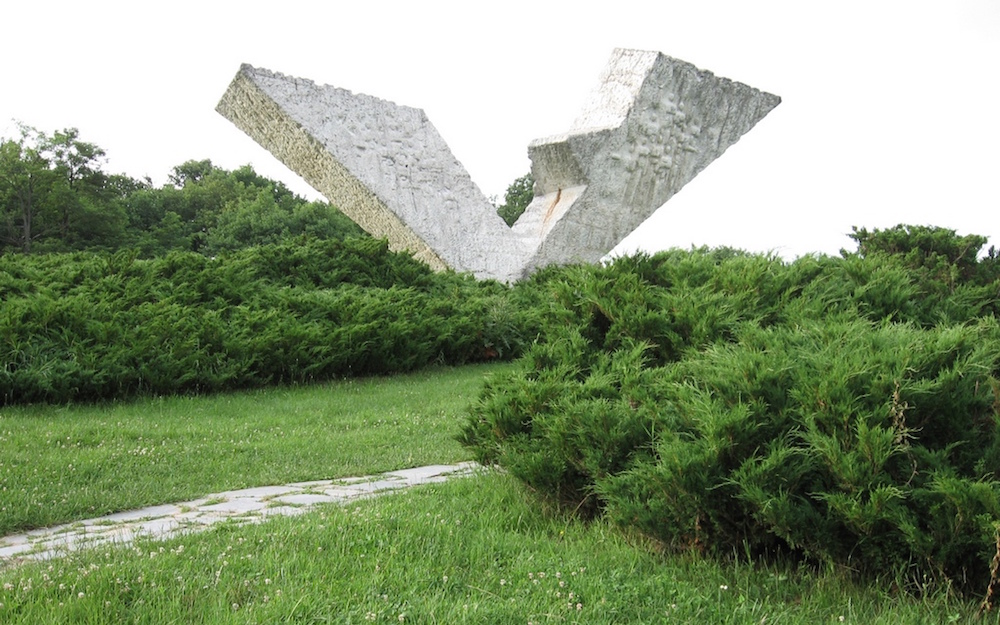What is the post-Soviet? An essay on the term that caught the world’s attention
Across Eurasia, the term “post-Soviet” has come to be a catch-all signifier. It refers to aesthetic trends, political movements and cultural tendencies. But what exactly does it mean?
What’s the concrete connection between Tallinn and Tashkent, Prague and Pristina, Dubrovnik and Dushanbe? All of these places share a 20th-century history of socialist government. Whether this began in 1917 or 1945, and whether it is viewed now as something to celebrate or something to mourn, this has to be our starting point. This might seem like basic stuff, but it’s important to bear it in mind, because it reminds us that what we call “post-Soviet” was part of a global cultural economy; if anything, lumping all of eastern Europe together is insufficient — we should be talking about Vietnam, Afghanistan, Korea, Iran, a whole host of African states too.
Even individual national cultures contain multitudes too often ignored. Take Russia: cultural tastemakers in the West might know to cite Gosha Rubchinskiy’s postmodern streetwear in fashion, or Andrey Zvyagintsev’s austere miserablism in film. How many know about the multi-ethnic hybrid threads of Uzbek-Korean designer J.Kim, or the Islamic craft-inspired Asiya Bareeva? Or the breakout work of the twenty-something director Kantemir Balagov, who wowed Cannes last year with Closeness, his dissection of religious tensions in the North Caucasian republic of Kabardino-Balkiria?
Focusing in on shared details while keeping the broader global picture in mind — that is what lies behind the designation of “post-Soviet” culture. As Anastasiia Fedorova, co-curator of Calvert 22 Foundations forthcoming exhibition Post-Soviet Visions: Image and Identity in the New Eastern Europe puts it here, much of the art on display is imbued with “the feeling that witnessing a historical transition can become a bonding experience.” If we follow this logic, then what makes “post-Soviet” culture vibrant is that it demonstrates how international events interact with local circumstance.
This being said, the question “what is the post-Soviet” remains a teasing and frustrating one. “Soviet” cannot be an objective reference point; it means too many different things to too many different people. Is it a strictly defined political identity? An aesthetic? A brand? Is it synonymous with lost glories, or with national tragedy?
What makes “post-Soviet” culture vibrant is that it demonstrates how international events interact with local circumstance
It’s worth acknowledging that our use of the term “post-Soviet” in this special report — and in Calvert 22 Foundation’s forthcoming exhibition — is problematic. We are not limiting our scope to artists, architects and designers from the 15 (or 16, or 17, depending on who’s counting) successor states to the Soviet Union. We’re using the term to refer to works from Poland, Bulgaria, Yugoslavia and more; no doubt some of the very artists whose work we are showcasing would object to the label. Today, 29 years after the tumults of 1989 and 27 years after the dissolution of the USSR, there is justifiable anger that the historically inaccurate designation “Soviet” is still applied to the whole of eastern Europe, a continuation of the old Cold War trope that all life beyond the Iron Curtain was monolithic and dictated by Moscow. And this frustration grows with time as 29 independent states get on with the painful business of nation-building.
So why use the term “post-Soviet” at all? After all, the Calvert 22 Foundation exists to dispel old clichés about eastern Europe, the Caucasus and Central Asia — we even began using the phrase “New East” to provide a more neutral and forward-thinking way of describing the region we cover. The answer, perhaps, is precisely because it’s awkward, or provocative. “New East” lacks the relativity of “post-Soviet”, the implication that, even if we resent the fact, there are parallels and links to be drawn between states and peoples that are sometimes bitterly divided. And “post-Soviet” also forces us to think about the position of outside observers, looking in on a region that they may little understand, and the presumptions and prejudices they (we) bring to the table.
We can look to national cinema culture for an example. Both Georgia (which was part of the Soviet Union) and Romania (which decidedly wasn’t) have produced cinematic “New Waves” in the last 15 years; both of these Waves have been responses to the economic and social collapses that followed the Soviet/socialist era, and each has been incubated by the similar-yet-distinct crises that afflicted each country. Georgia had a rich filmmaking tradition and an established industry that was laid low by the civil war that followed independence from the Soviet Union; its directors found their collective voice again precisely by articulating the violence and disorder of the period. (The loss of so many young men in the war has subsequently contributed towards an even Newer New Wave — a raft of films by or about women forced to step into the roles vacated by absent fathers and sons.) Romania, on the other hand, had comparatively little in the way of domestic filmmaking tradition, but has since managed to create a space for itself on the global market with its patented brand of low-budget, naturalist dramas that delve into the social dislocations created by the disasters of the late Ceausescu regime and the hardships of the 90s; a cottage industry that has garnered international acclaim for the likes of Cristian Mungiu and Corneliu Porumboiu. Two examples of “post-Soviet” national cinema, distinct yet related.
To acknowledge the role played here by the fall of socialism is to shine perhaps too bright a light on the role of the West in creating and curating a post-Soviet aesthetic
Of course, if “post-Soviet” is synonymous with “post-socialist” then it also refers to a distinct ideological period. Post-Soviet culture is produced and consumed in the wake of a fearsome political shift, a restructuring of people’s understandings of the world; as Fedorova puts it, this is the culture of “youth caught between two stagnations” whose parents’ life stories sounds like “distant fairytales”. The socialist past is omnipresent in this art; sometimes it looms large, as in the ongoing western fascination with crumbling communist monoliths such as Bulgaria’s Buzludzha Monument. At other times it’s a vague shadow. And often it’s violently disavowed — for instance, in the recent wave of nationalist historical dramas pushed by Poland’s right-wing Law and Justice government. And if this ideological dimension is something which is often elided in conversations about post-Soviet culture in the West, then that is because to acknowledge the role played here by the fall of socialism is to shine perhaps too bright a light on the role of the West in creating and curating a post-Soviet aesthetic.
In a series of essays for openDemocracy Russia, Kirill Kobrin makes an important point about the dismantling of the Soviet Union (and by extension about the collapse of socialism across eastern Europe). What happened to the USSR is generally understood as an ideological collapse: the ideals of state socialism were no longer tenable, and so the political system founded on them crumbled. Post-Soviet culture reflects the postmodern condition of a world where the need for all-encompassing ideology has been superceded. I think this is what undergirds western fascination with the perceived “nihilism” and “gritty poetry” of Rubchinskiy-style Russian streetwear, the brashness of a youth forcibly deprived of “meaning”.
Except, as Kobrin notes, this is a misunderstanding. The Soviet system didn’t collapse when its ideology was exhausted, a casualty of postmodernism — it was taken apart as a result of arguments over old-fashioned (that is, quintessentially “modern”) issues like borders, ethnic divisions and international aggression. The violence that broke out across the post-socialist space in the 90s — from the Yugoslav wars to the Tajik civil war and the Nagorno-Karabakh conflict — speaks to this. So, incidentally, does Air Force One (1997). Wolfgang Petersen’s slice of pure Yankee triumphalism, about terrorists protecting the honour of a rogue regime in post-Soviet Kazakhstan, understood better than many historians that the brave new world of the 90s was one where nationalism and sovereignty were back on the agenda in a major way.
If anything, it would be more accurate to refer to today’s cultural vanguard as the “post-post-Soviet”
Kobrin’s point is that Soviet ideology didn’t collapse at the end of the 1980s — it had collapsed long before then. Not for nothing was Leonid Brezhnev’s 18-year tenure (1964-1982) as General Secretary known as the Era of Stagnation, a painfully slow retreat from idealism into rigor mortis. By the time perestroika came around, there was little meat left on the bones of Soviet ideology anyway. If anything, it would be more accurate to refer to today’s cultural vanguard as the “post-post-Soviet”.
In the USSR and across eastern Europe, artists had reacted to the Stagnation as it unfolded, exploring the decrepitude, hypocrisies and unrealised potentials of their various socialist systems for decades before the West got to fawn over “post-Soviet” ruins. When a designer like Vetements founder Demna Gvasalia puts a hammer and sickle on an oversized hoody and sells it for $700, people are quick to point out that this is post-ideological sleight of hand, the medium becoming the message, political meaning emptied out into aesthetics. But if that is “post-Soviet”, then what do we call the work of Moscow Conceptualist artists like Erik Bulatov, who had spent the 1970s gleefully playing with the visual insignia of an ideology that had already been drained of authenticity?
So, the West was late to the party. No shame in that: those who are at the sharp end of socio-political maladies tend to be better at diagnosing them. But the question of aesthetics and ideology after the fact is still a crucial one, because it colours so much of our consumption of post-Soviet culture. This is something that Owen Hatherley and Jamie Rann have written about for The Calvert Journal. Whether it’s the predilection for “ruin porn” that drives interest in the derelict Buzludzha Monument or the ghosts in the snow of former Soviet military outposts, or the exotic appeal of “concrete clickbait” like the former Yugoslavia’s spomenik war memorials, a purely aesthetic response to these sites elides their original purpose and retroactively retools them as reminders of the inevitability of socialist collapse. As Rann writes, “the [USSR] has not lost its reputation for strictness and inhuman grandeur, but now this — for better and for worse — is combined with a sense that the Soviet world is, from an aesthetic point of view, ready to be mined for content by the contemporary culture industry.” In the case of the Yugoslav spomeniks — these are monuments to anti-fascist struggle. Are we really in a position to be ignoring these kinds of political lessons?
If nothing else, we cannot let the terms of “post-Soviet” culture be dictated by never-Soviet onlookers. Eastern Europe and Eurasia have always been particularly useful sites of projection for the West: they combine familiarity (eastern Europe is still Europe, after all) with the exoticism provided by past ideological conflict. Rather than a space of imputed otherness, they are a space of imputed ambiguity, a good testing ground for western critics to demonstrate their “nuance” — which oftens amounts to little more than the projection of their own insecurities into a region which is taken as living proof that there is no alternative to the neoliberal world order. But the contradictions of post-war liberalism and the decay of Soviet socialism have both provoked revanchist and regressive forces. Both have excluded people from political process. People like to say — with good reason — that Putin’s Russia is battling to return the lost glories of the Soviet empire; how exactly would we describe Brexit? Or Trump?
Ultimately, the “post-Soviet” is about people. We have to let them populate the frame. Every site that we might look into from outside, from the grandest Stalinist monument to the dingiest collective apartment, is the sum of local and global stories of conservation and neglect and has been lived in for longer than we’ve been paying attention. When we delight in the repurposing of these spaces (how kids are now “skateboarding the ruins of Georgia’s communist past”, for instance), or ask why the “ugly”, “authoritarian” tower block is such a prominent feature of contemporary photography, we reveal the extent to which we’d dehumanised them up to this point. They matter because they were built by and for people who have more to say about them then we do, and have more ways than ever of realising that vision.
Text: Samuel Goff
